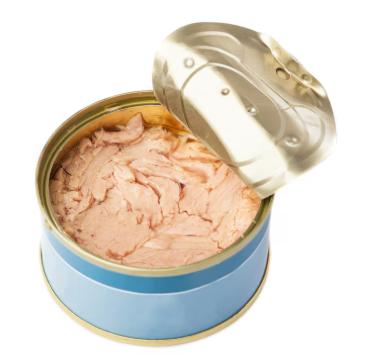A recent study reveals that much of the mercury in Atlantic bluefin tuna is in less toxic forms, raising the need to specifically measure methylmercury, the most dangerous form.
The research, published in Environmental Science & Technology, shows that the edible meat of tuna contains both methylmercury and stable and harmless mercury-selenium complexes.
Unlike other marine predators, bluefin tuna detoxifies mercury primarily in the spleen, thanks to the interaction with selenium, which forms almost harmless compounds.
The results indicate that up to 25% of the mercury in bluefin tuna muscle is less harmful, while in species such as marlin the proportion reaches 90%.
The study underscores the importance of more accurate mercury testing in seafood, differentiating between methylmercury and harmless forms, to provide more reliable information to consumers.











